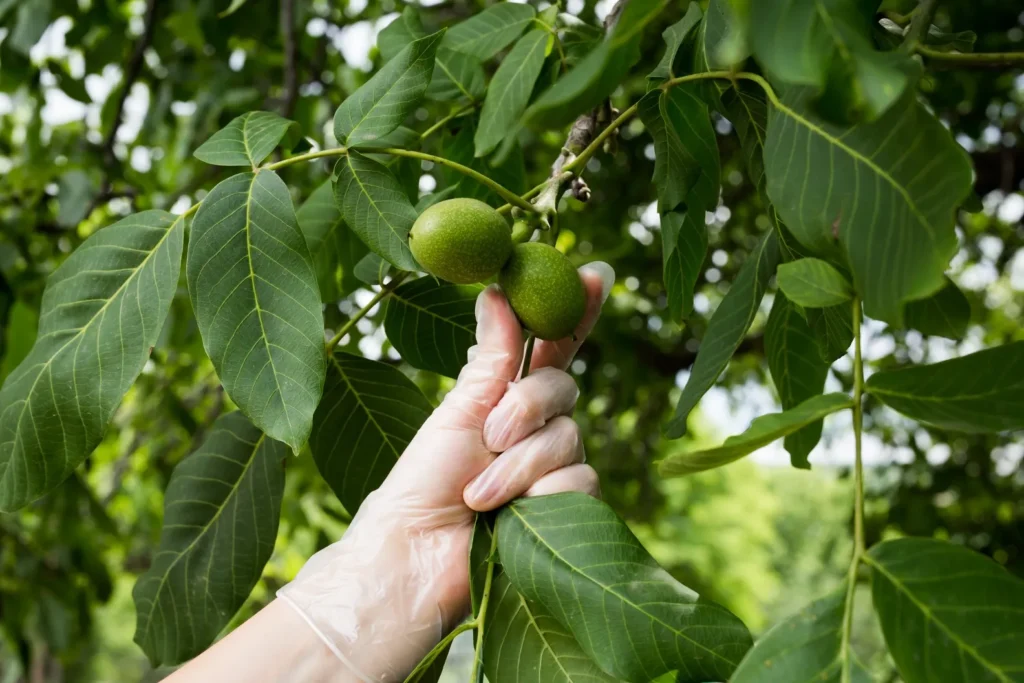What the objective estimate tells us
Today the National Agricultural Statistics Service (NASS) released its annual Objective Measurement Report, better known in the industry as the Objective Forecast. Here are the highlights of the report and a brief interpretation of those numbers:
- The crop is estimated at 790,000 tons, a 5% increase from the 2022 crop of 747,870 short tons.
- The forecast is based on an estimated 385,000 acres, down from 400,000 last year.
- Nut size is up on Chandler, down on Howard, and down on Tulare from last year, but overall quality is expected to be improved.
- Beginning this year, the Serr and Vina varieties are no longer being reported separately, owing to reduced acreage. They are now counted in the catch-all designation as “other”.

These numbers show that average yields per acre will increase from 1.87 tons/acre last year to 2.05 tons/acre in 2023. The only other years average yields exceeded 2 tons/acre were in 2015, 2016, and 2020. If the forecast is accurate, it will be the second time in California history that the crop has hit 790,000 tons (the other time was in 2020). And, of course, if the forecast is low, there is a chance the California crop will top 800,000 tons for the first time ever—this in spite of the fact that acreage is down due to orchard pull-outs that occurred during the winter, spring, and summer of 2023.
Weather conditions prior to and during the growing season have been almost ideal, with excellent bloom conditions last spring, seasonable temperatures during the hottest months of July and August when excessive heat can damage the crop, and abundant rains in the winter and spring that served to improve soil quality and provide for ample foliar coverage from healthier orchards.
All in all, we believe the report shows there will be sufficient supply to meet demand, both nationally and internationally, with improved—perhaps vastly improved—quality from 2022.